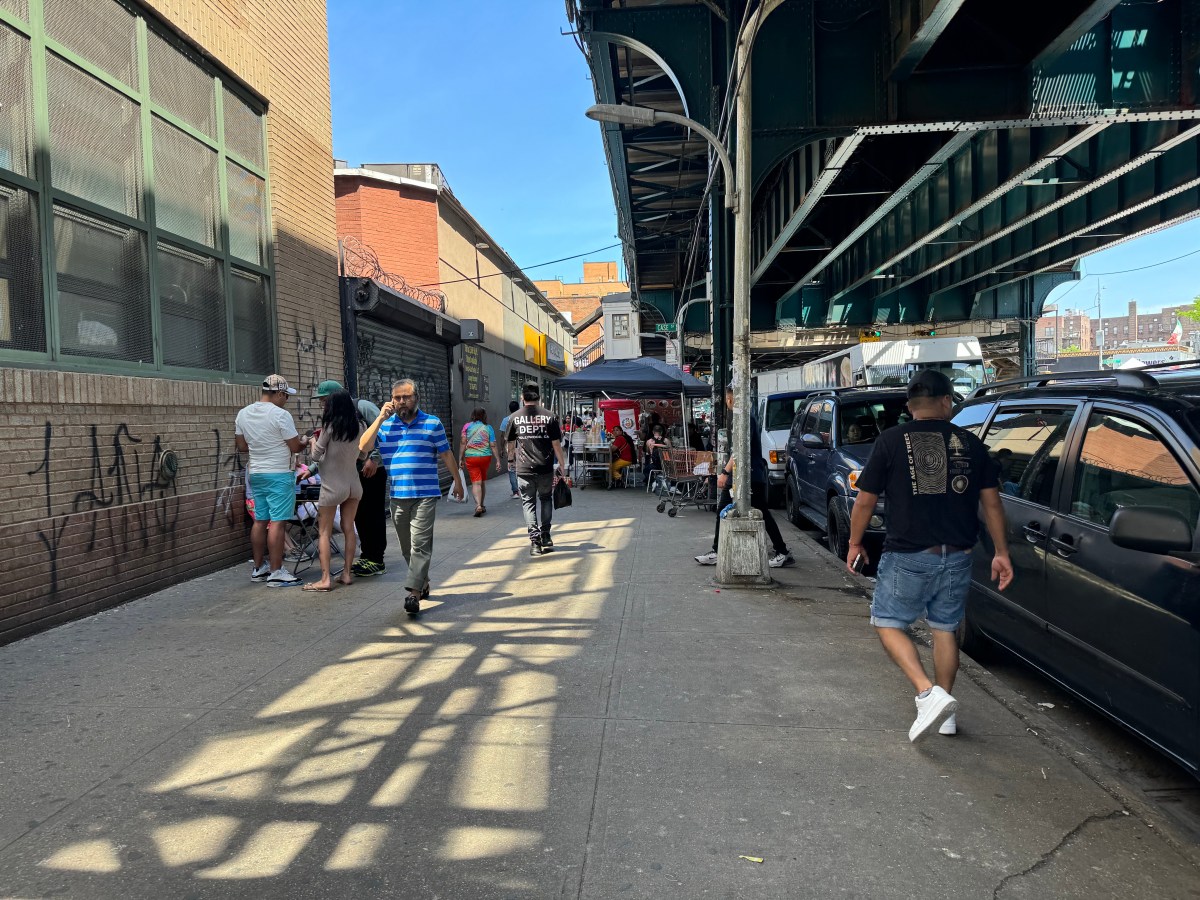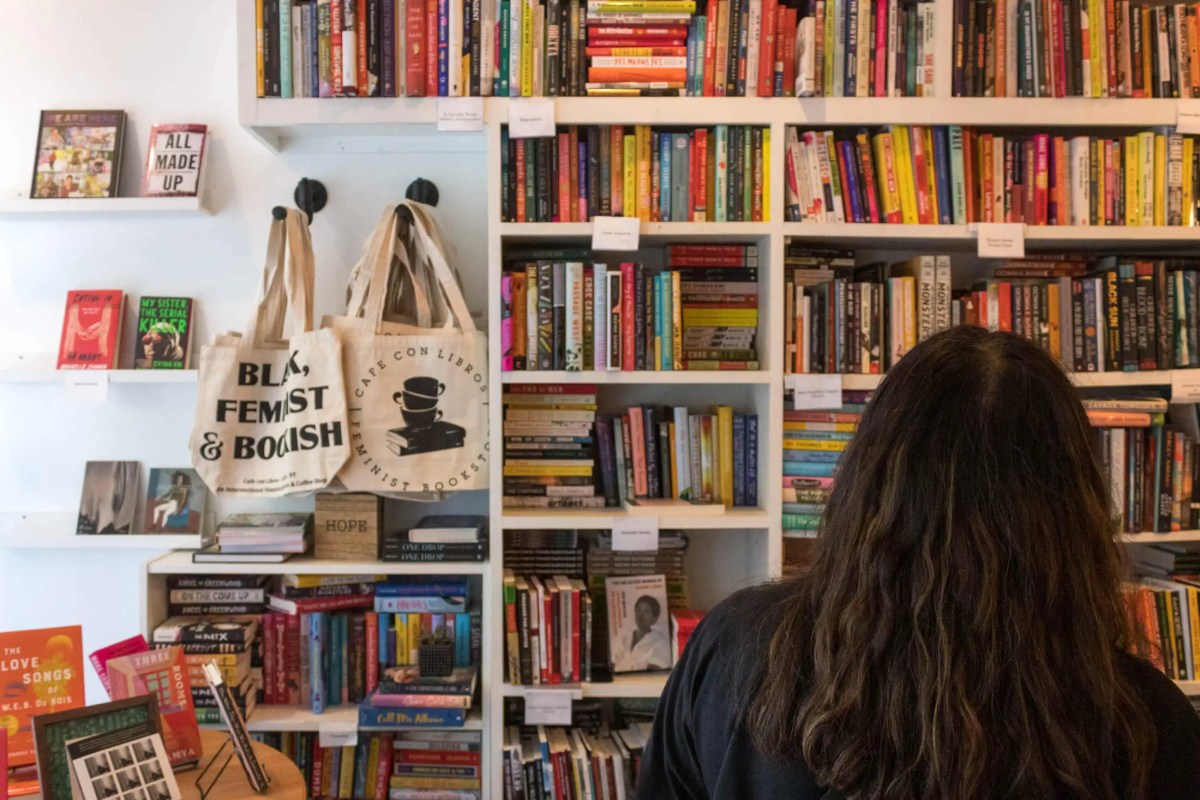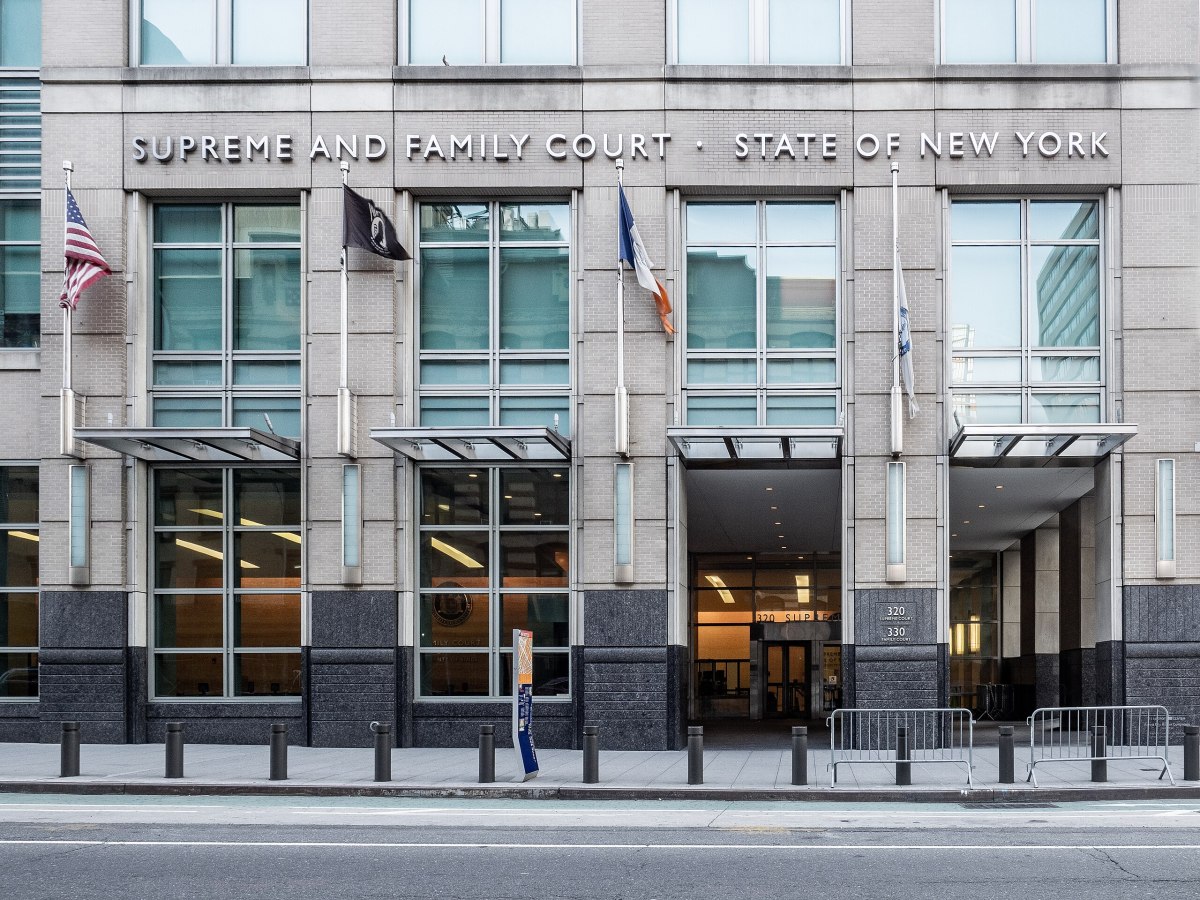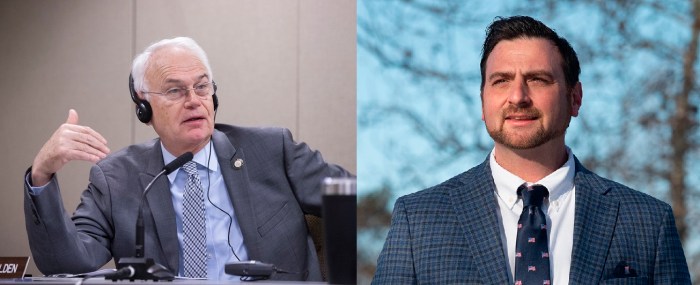A cadre of activists, labor unions, and local elected officials are calling on the Adams administration to build a bus lane along the length of Brooklyn’s Flatbush Avenue, rather than just its northern part, to speed up commutes on one of the city’s most important but congested transit routes.
The city’s Department of Transportation last month presented a plan for a long-gestating bus lane project along Flatbush Avenue, arguably the Main Street of Brooklyn and the corridor by which over 130,000 New Yorkers commute to work on slow buses which are frequently blocked in traffic.
But at least for now, the DOT has only put out an initial proposal for the northern part of Flatbush between Downtown Brooklyn and Grand Army Plaza, where speeds are the slowest — about 4 miles per hour, to be sure — but bus service is also the most complemented by the subway. Those areas between Prospect Park and Marine Park, which are less served by the subway, will have to wait.
But the B41, the bus serving the length of Flatbush Avenue, averaged just 6.5 mph speeds in May throughout its entire service corridor, where riders are predominantly people of color and those with low incomes. The roadway is constantly blocked by double-parked cars that halt the B41 and other buses in their tracks.
“The wait times are long, buses are overcrowded, people are showing up late to work, they’re showing up late to school, to pick their kids up from childcare, missing dinner with their kids,” said Jolyse Race, a senior organizer with the Riders Alliance, at a rally in Prospect Lefferts Gardens on Tuesday. “The congestion is bad and it keeps getting worse, and we don’t want the bus to always be competing with traffic. We all deserve space on our streets.”
Now, bus proponents are pressing the Adams administration to complete the bus lane along the entire corridor, stretching from one end of the borough to the other. They’ve also launched a new survey seeking input from Flatbush bus riders, asking what impacts they’ve faced from bus delays, like getting reprimanded at work for being late, missing a court date, or having to wait in severe inclement weather, as well as their opinions on a bus lane.


Activist groups like the Riders Alliance are being joined by a cadre of elected officials representing the corridor, including Public Advocate Jumaane Williams and City Council Members Rita Joseph and Crystal Hudson.
“To have our buses going 4 mph makes no sense,” said Williams, who previously represented Flatbush in the City Council. “It just doesn’t work for anyone.”
They’re also being supported by labor unions, including the Transport Workers Union Local 100, which represents bus drivers and subway operators, and 1199 SEIU, which represents nurses.
“I can’t count on the bus to be on time,” said Alison Harewood, a nurse affiliated with 1199 SEIU. “Healthcare workers need reliable service so we can be on time for our patients.”
Proponents will have to contend with Mayor Eric Adams, who came into office promising to be the “bus mayor” and touted proposals like Flatbush Avenue, but has lost the support of transit advocates after failing two years in a row to build the miles of new bus lanes required by the city’s 2019 Streets Master Plan. The mayor was mandated to have built 50 miles of new bus lanes at this point in his term but has built only 9.6, less than 20% of what’s required.
Asked on Tuesday about his position on extending the Flatbush bus lane southward, Adams hedged, saying he was “committed to what the residents want there,” going on to insinuate that long-term residents tend to have different beliefs on bus lanes than newer ones.
“These hearings, they can be very contentious. You know, residents who have lived in these communities for a long time, they have a belief. There are residents who are moving into these communities, they have a belief,” said Hizzoner at his weekly off-topic press briefing. “Some of the most contentious conversations I have is around these issues. And you have to be able to weigh movement of people, safety, and as well as hearing from residents. So I’m committed to hearing from everyone involved.”
Read more: JFK Tests Self-Driving Shuttle Service





































